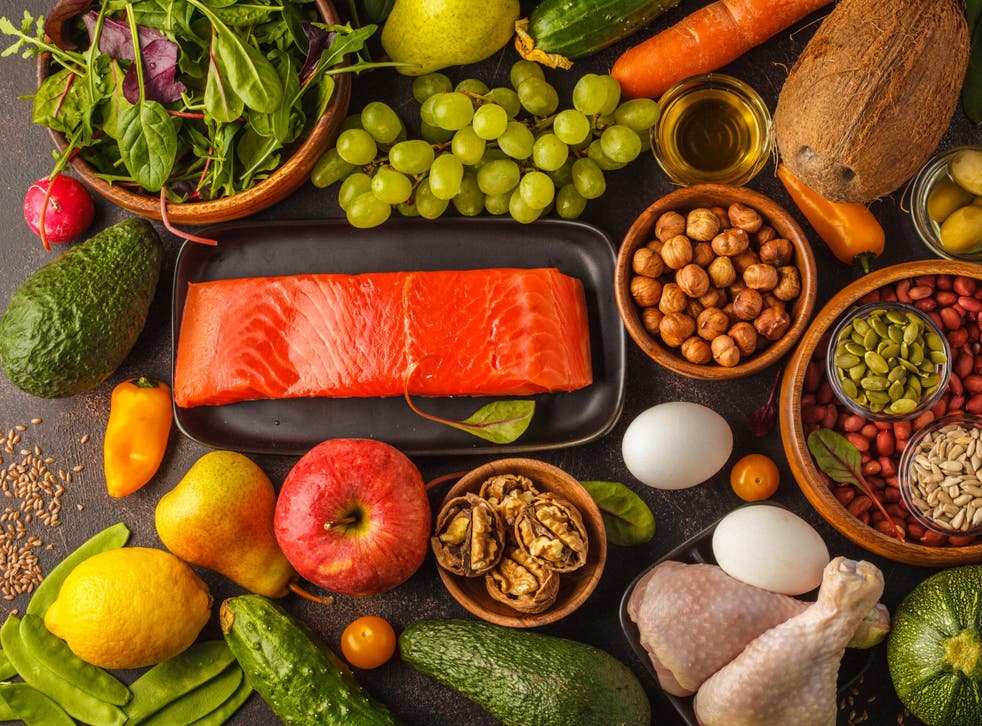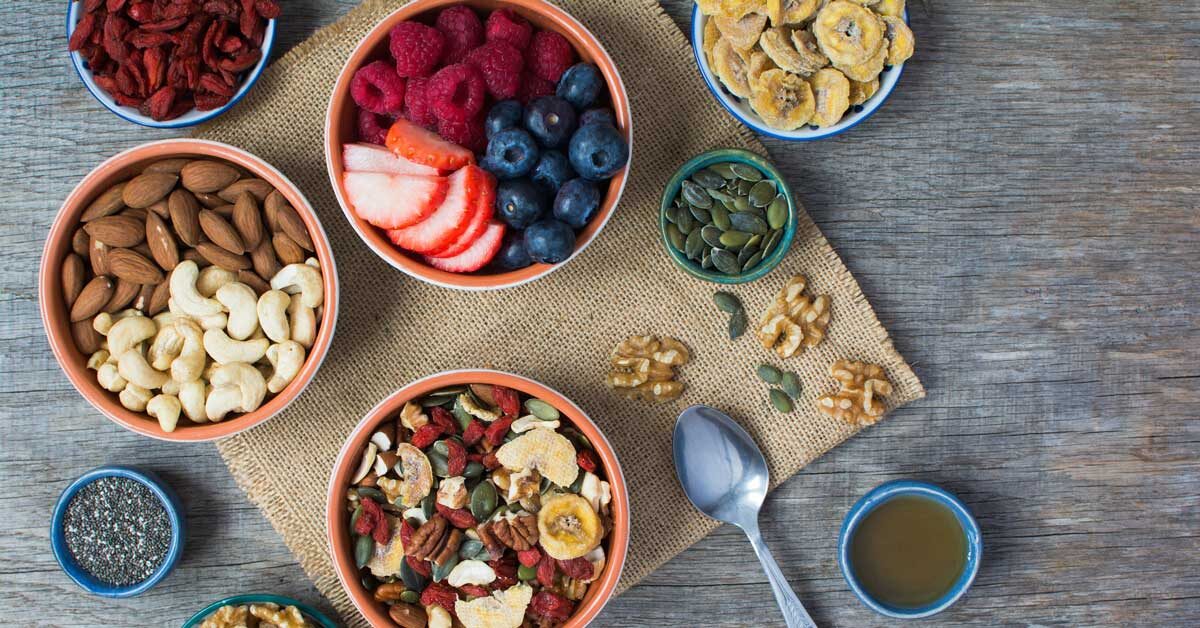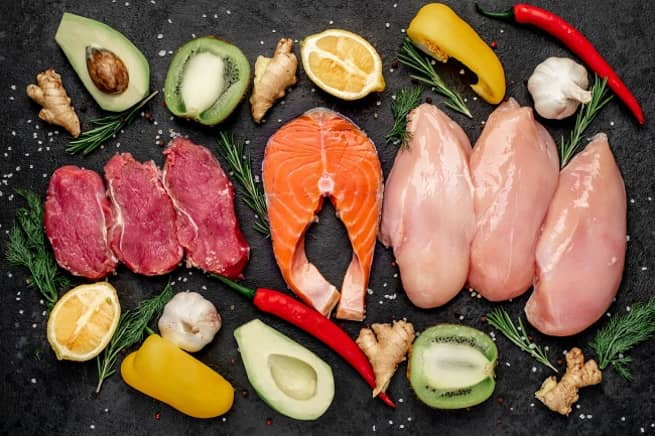
It is controversial to say whether Paleo can prevent heart disease. While there are many benefits to the diet, some studies suggest that there is a risk of developing cardiovascular disease. Researchers studied the effects of the diet on arterial distensibility and plasma insulin during an oral sugar tolerance test. They also examined the effect on total cholesterol, LDL, and triglycerides.
Increased risk for heart disease
A new study has found that Paleo can significantly increase levels of a blood-related biomarker for cardiovascular disease. Trimethylamine noxide (TMAO), a naturally occurring organic compound, is produced in the stomach. Study of 44 Paleo and 47 traditional Australian participants revealed higher levels of TMAO. This higher level of TMAO can increase your risk of developing heart disease.
Researchers from four different Australian institutions found that participants on the Paleo diet had elevated levels of a compound linked to heart disease. Trimethylamine Noxide is a compound that bacteria produces in the gut and is associated with the development of heart disease. Paleo diets have been shown to be more beneficial than those that eat carbohydrate-rich diets. But further studies are needed to confirm this.
An increase in the risk of inflammation
Paleo diets are linked to heart disease. Interlukin-10 is a signaling molecule that immune cells release, and Paleo people have higher levels. Researchers believe that a low interlukin-10 level can predict a higher risk of heart disease. Although high levels of interlukin-10 could counter inflammation and protect blood vessels from damage, more research is needed to confirm this relationship.

The Paleo diet consists of an omittal of grains, legumes, and vegetable oils. It is an excellent base for many heart-healthy diets. However, it is high fat. It has both trans and saturated fats. This makes it expensive. Due to its high intake of meat and dairy products, Paleo is not affordable for everyone. The high cost of these meats may be a deterrent for people on a lower income.
Risquer disease in the kidneys: Increased risk
The Paleo diet is popular among health nuts, but there are some concerns about it. The diet emphasizes meat, which is high in cholesterol. Paleo also discourages the intake of refined sugars which are full of empty calories. This sugar has been linked to obesity and heart disease as well as diabetes. The Paleo diet does not include legumes and encourages meat consumption.
Paleo diets not only increase fiber intake, but they also help reduce waistline. A high level of fiber in the diet lowers cholesterol. Avoid egg yolks as they are a good source of phosphorus. High-quality protein and egg whites are better choices for renal health. Drinking plenty of water also helps decrease protein levels in urine. But, there is always the possibility of developing kidney disease.
Women are at greater risk for heart disease
Paleo is a popular diet for many reasons. It has many heart health benefits and is based primarily on the Mediterranean or Nordic diets. Because it has a high amount of animal fat, it is also high in trans and saturated fats. High levels of beef consumption are associated with increased heart disease risk. However, a Paleo diet is not for everyone, and it can be expensive for low-income individuals.
Studies have shown that saturated fat, as well as cholesterol, are not associated with an increased risk of heart disease in women on a Paleo diet. While the diet does eliminate some junk food, it still does not cut back on saturated fat. Recent research on the nutritional links between heart disease and saturated fat found that there was not enough evidence to link saturated oil to heart disease. A paleo diet contains fewer vegetables than the standard diet but still includes plenty of fruits and vegetables.
Gut bacteria: Effects

A new study shows that Paleo diets are associated with lower rates of obesity and risk of developing heart disease. The researchers compared TMAO levels among people who ate Paleo versus those who didn't. The results revealed that eating a high-protein diet promoted the growth good bacteria and decreased the number harmful microbes. A high-protein diet may increase your risk of developing chronic diseases, decrease your gut health, or cause micronutrient deficiencies.
The researchers also found a strong relationship between TMAO levels and a person's diet. According to the findings, a higher intake in animal-based protein (such as meat and fish) increased the amount of TMAO found in the blood. The participants' blood levels were almost twice the level of TMAO as the controls in the study. The researchers also found that vegans had lower TMAO levels than paleo dieters. Further, the researchers found that TMAO levels were significantly reduced when the participants took carnitine supplements.
FAQ
What is the cost of a culinary school?
The costs of culinary school can vary depending on where and how long it takes. The average tuition cost is $10,000-$30,000 annually. The majority of students graduate with around $20,000 in student debt. However, some programs offer scholarships, grants, and work-study opportunities.
Is it possible to be self-taught?
Yes, you can self-teach cooking! Cooking is one of those things that everyone loves doing, whether they know how to do it or not. Start cooking at home if you want to learn how to cook. Start small, like making pancakes for breakfast or spaghetti sauce for dinner. You can learn the most by trying new recipes and making mistakes. It's possible that you will make mistakes.
You can learn to cook in a matter of hours or weeks depending on your level of cooking ability. Cooking is more than following recipes. There are many methods to prepare food.
How long does learning to cook take? What amount of time will it take to master the art?
It depends on your level of skill. Some people can pick up basic cooking techniques within a day or two. Others might take months or years before they feel confident enough to teach themselves how to cook.
There are many factors that affect the time required to learn how cook. One example is that someone who has never tried cooking before would likely take more time to learn than someone who cooks often. Different types of cooking require different amounts of experience. Baking requires more knowledge than frying.
If you want to learn how quickly you can cook, you should focus on learning a specific technique. Once you are proficient in that technique, you can move onto the next one. Don't worry too much about the exact number of days or weeks it takes to learn to cook. Enjoy the process and keep practicing.
Statistics
External Links
How To
How to cook your steak
The thickness of any meat will dictate the cooking method. Thicker steaks, for example, are better cooked at low heat while thicker steaks require higher temperatures.
It's important to not overcook the steaks as they will lose their taste. Remember to take your steak out of the oven when it's done. You won't burn.
The size and desired doneness of the steak will affect the cooking time. Here are some guidelines:
Medium Rare: Cook till medium rare. This is when the internal temperature of the food reaches 145°F (63°C). This can take anywhere from 3 to 5 minutes per side.
Medium: Cook the meat until it reaches 160°F (71°C). This typically takes 6 minutes per side.
Cook well until done. That means that the internal temp reaches 180degF (82degC). This can take between 8-12 minutes per side.